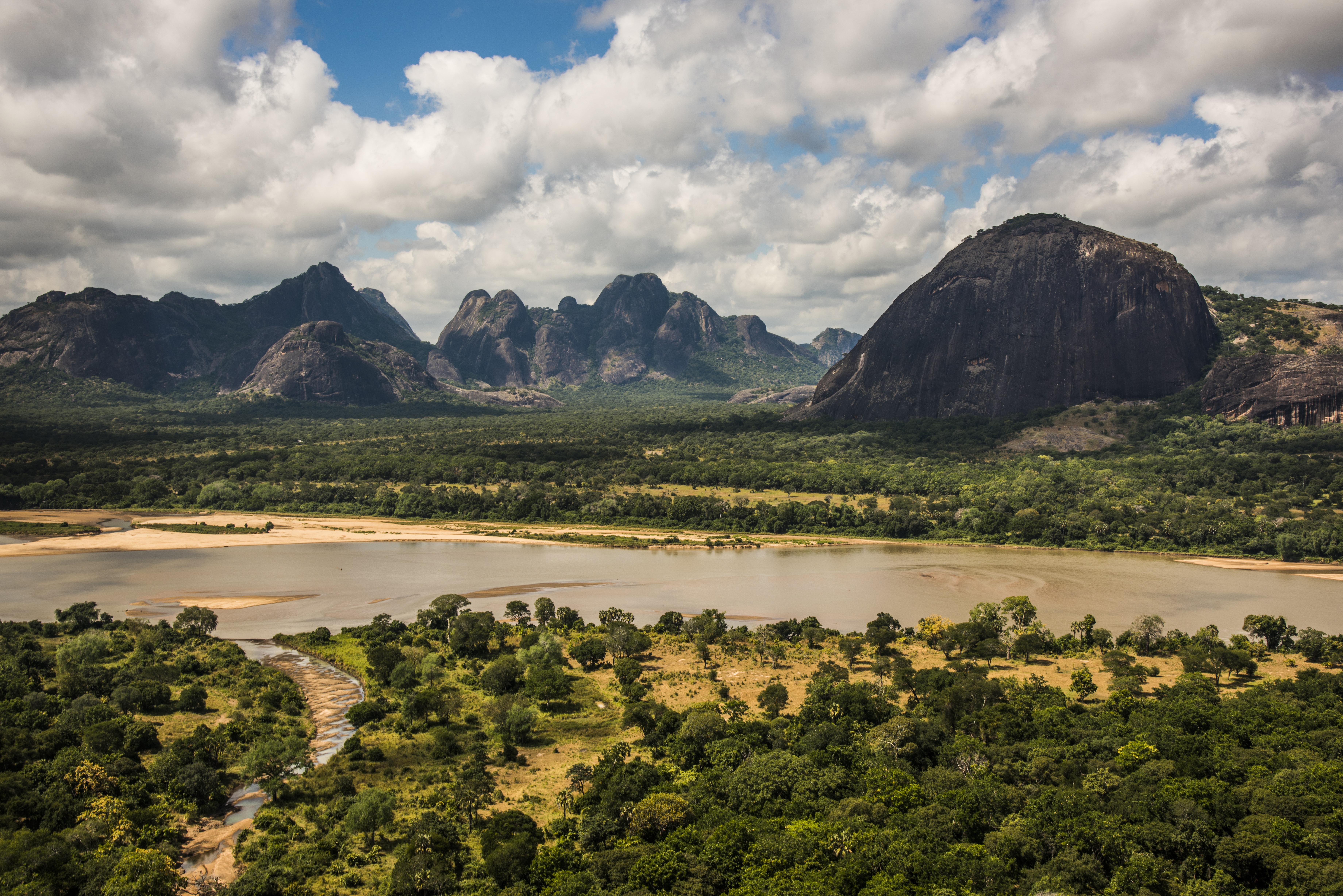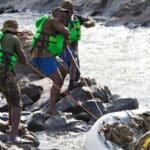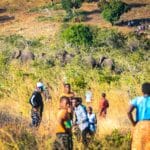Types of Projects
Learn more about the types of projects funded by the ECF:
Anti-poaching
Anti-poaching
Poaching networks are constantly looking for new elephant populations to target for their ivory, and conservation partners across Africa struggle to outpace these criminals. ECF support has expanded their anti-poaching efforts. The ECF supports “boots on the ground” and “eyes in the sky” projects to keep elephants safe—and has accelerated investment in emergency responses, intelligence-led anti-poaching patrols, and new approaches to satellite tracking of elephant movements for greater security. The ECF has supported 149 anti-poaching projects across Africa.
Photo caption: Rangers on river patrol in Chinko Nature Reserve, Central African Republic
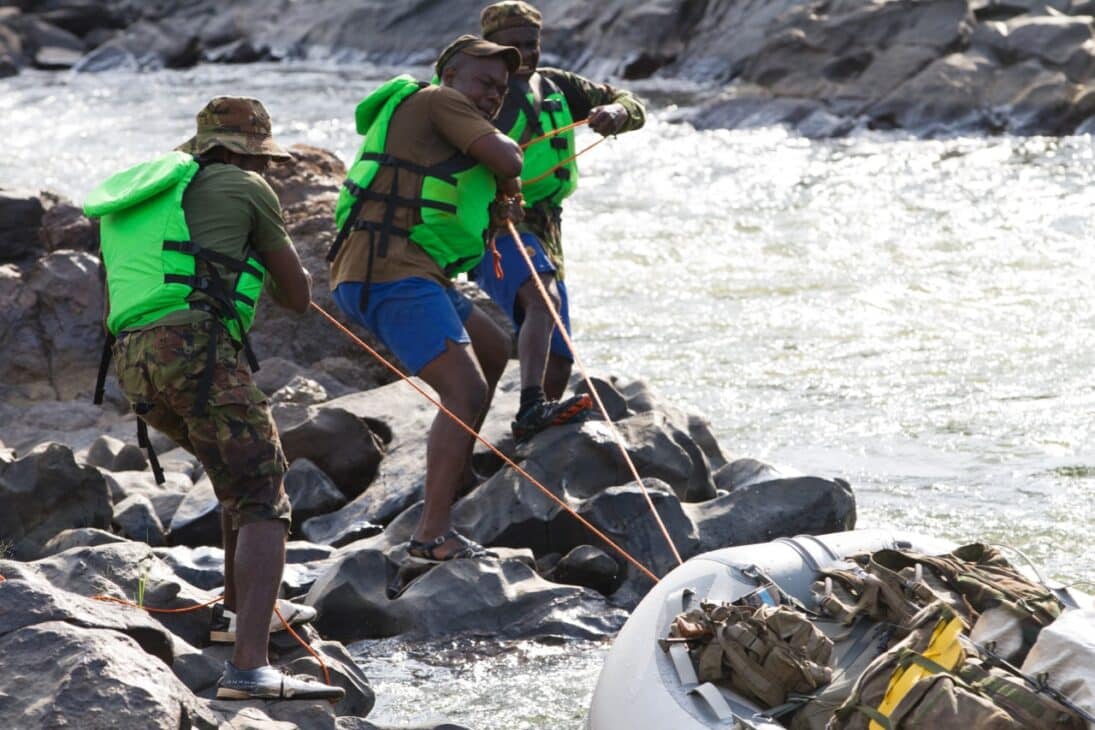
Anti-trafficking
Anti-trafficking
Much anti-trafficking work is carried out in the shadows as it involves deep investigations and undercover work with dangerous criminal networks. To end the ivory crisis, traffickers must be found, arrested, and successfully prosecuted so that criminal networks reject ivory as being more risk than reward. The ECF has made dealing with ivory trafficking a priority area —supporting trusted law enforcement units across Africa to find, arrest and prosecute traffickers, helping local partners to develop courtroom monitoring programs, and supporting cross-border intelligence sharing and operations. The ECF has funded 146 anti-trafficking projects in Africa, Asia and the United States of America.
Photo caption: Nigeria Customs Service officers made two large seizures of illegal wildlife products in Lagos in July and September 2021.
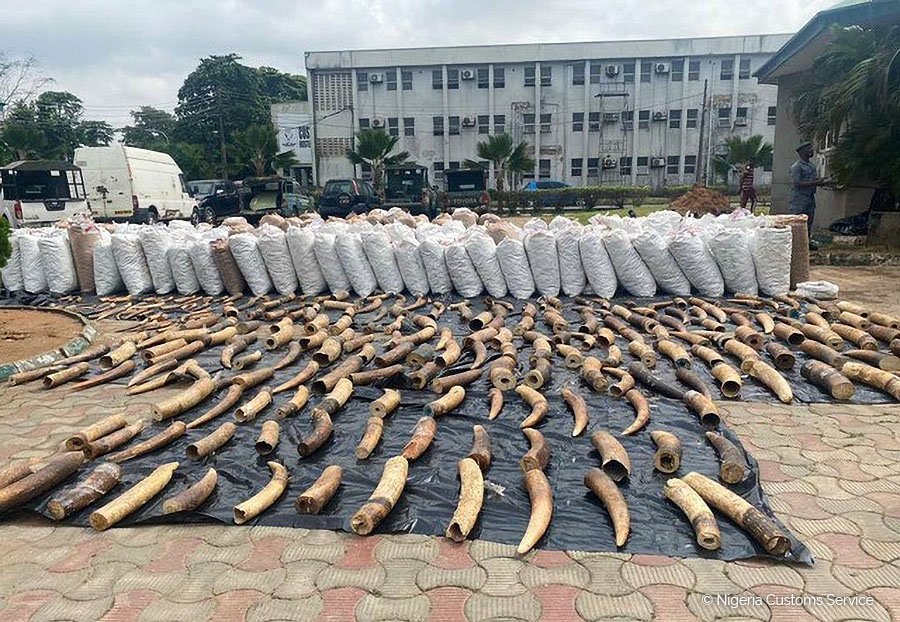
Demand reduction
Demand reduction
The ECF makes investments to reduce public demand for ivory and curtail its availability by working with national governments to end the ivory trade. The ECF also works with leading ivory experts to investigate the growth of illegal ivory trade markets in Asia and invests in mass media campaigns to educate the public about the negative consequences of buying ivory and shift opinion towards eliminating the ivory trade. The ECF has funded 36 demand reduction projects in Asia and the United States of America.
Photo caption: Carved ivory items on sale in Myanmar

Human-elephant coexistence
Human-elephant coexistence
The ECF has played a significant part in the reduction of poaching in Africa’s savanna elephant populations. As those populations now recover and recolonize their former territories, new challenges are emerging. Africa is changing fast. Industrial development, spreading agriculture, and rising human populations on the one side are meeting recovering elephant populations on the other. Where they meet, conflict between humans and elephants is the result. In response, we have expanded the scope of the ECF to include projects promoting human-elephant coexistence as a fourth crisis pillar, to join our anti-poaching, anti-trafficking, and demand reduction strategies. We are focusing on two fundamental areas of need for this rising conflict crisis: land and corridor protection, and novel grassroots deterrent strategies to keep elephants and people safely apart where necessary. The ECF has supported 82 human-elephant coexistence projects across Africa.
Photo caption: Wildlife Action Group has fenced the boundary of much of Thuma and Dedza-Salima Forest Reserves in Malawi, but there are still unfenced areas where elephants can move into farmland.
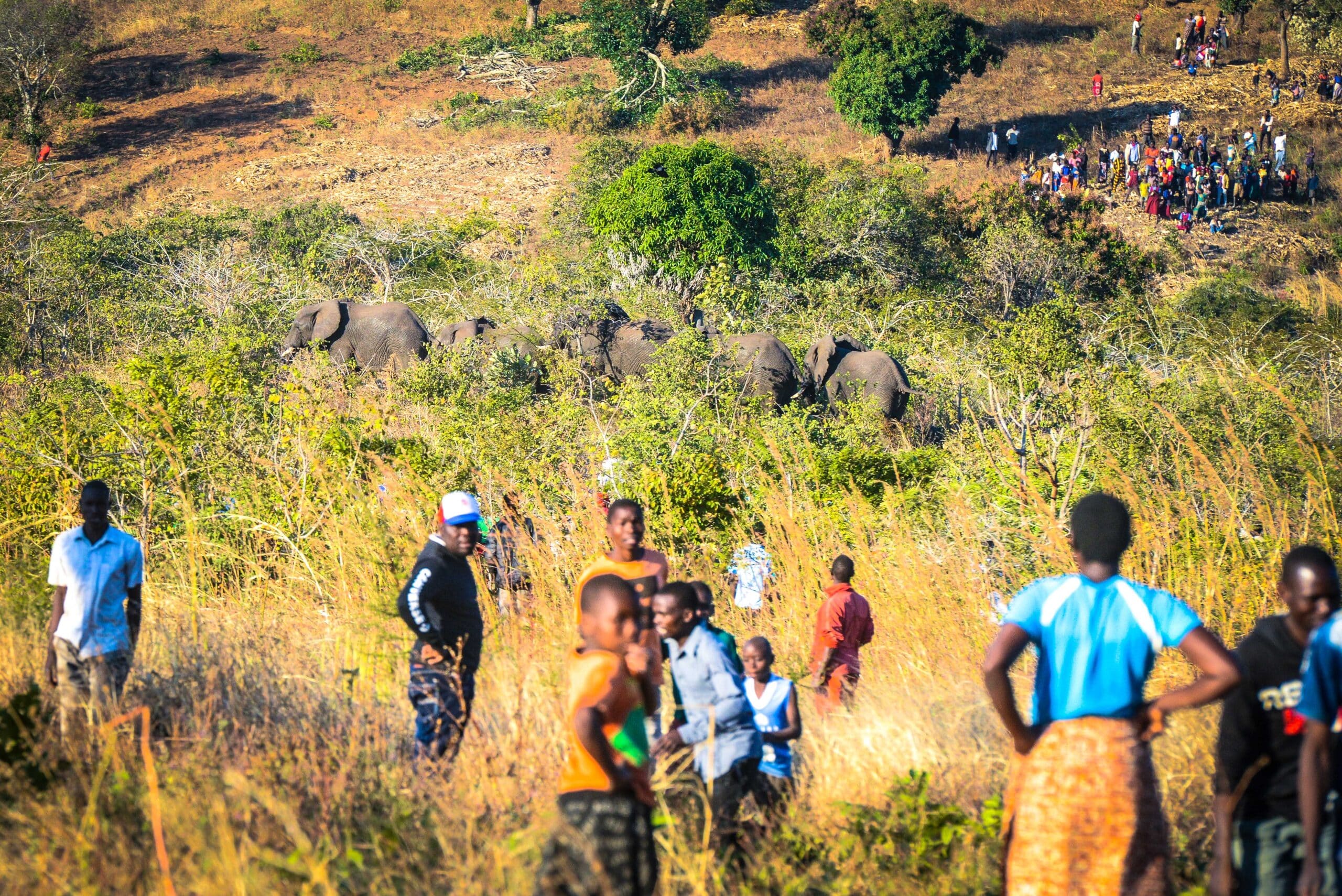
Protecting elephant landscapes
Protecting elephant landscapes
Safeguarding important elephant strongholds is essential, to allow elephant populations the space and time to recover to their pre-poaching levels. We have a particular interest in supporting public-private partnerships (PPPs) in such areas, for both established and newly protected sites.
In some areas, elephant populations have been severely depleted due to poaching or habitat loss. In these areas, surveys are often needed to better understand the population, the extent of habitat loss and the ongoing threats, to determine whether the population has a reasonable chance of recovery. If that proves to be the case, then conservation measures can be put in place. We have an interest in supporting work to ensure the future of viable fragment elephant populations, particularly in Central and West Africa.
The ECF has supported 68 landscape protection projects across Africa.
Photo caption: The Niassa ecosystem holds the largest elephant population in Mozambique.
